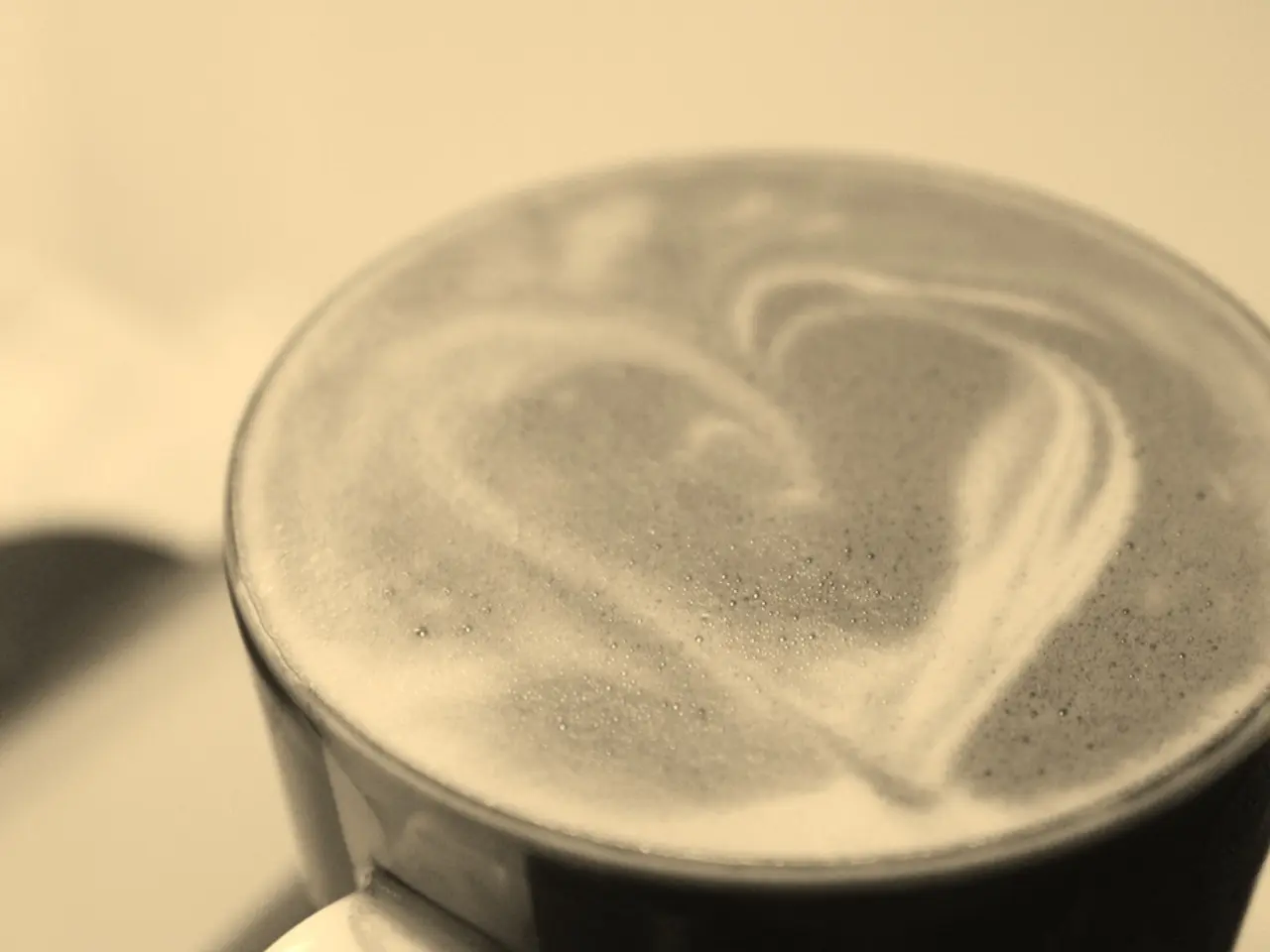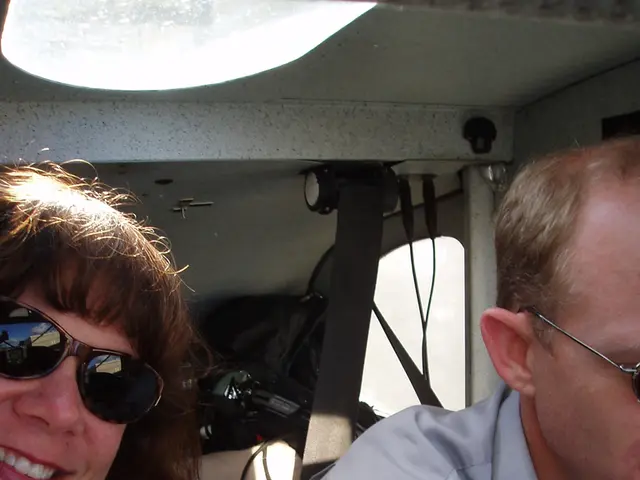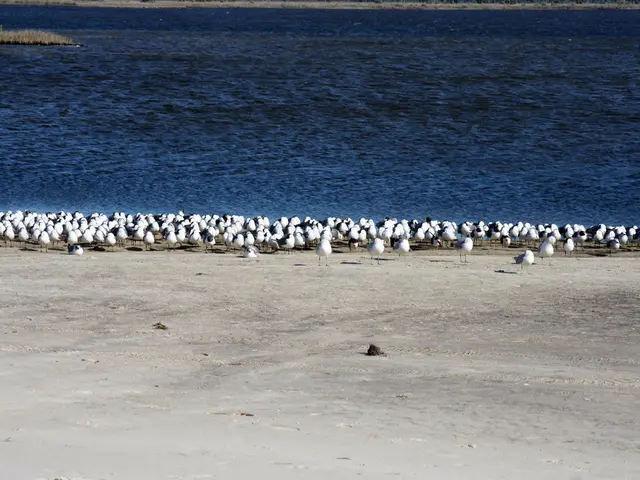Europe's Hidden Guideline for Tourists Regarding Consumption of Alcohol
European Drinking Culture: A Guide for Tourists
Exploring Europe can be an exciting experience, but understanding the local drinking culture can help travelers avoid cultural shocks. Here's a guide to some key differences between drinking cultures in Europe and North America, particularly the U.S., and tips for blending in seamlessly.
Ice in Drinks
A noticeable difference is the use of ice in drinks. Americans typically add generous amounts of ice to their beverages, a practice stemming from 19th-century commercial ice availability and a preference for very cold drinks. In contrast, Europeans often serve drinks, including water, without ice, valuing the natural flavor and considering ice unnecessary, especially in areas with reliably clean tap water like Scandinavia.
Drinking Frequency and Social Context
In the U.S., drinking is often concentrated around weekends and designated social settings. Europeans, including Northern Europeans, tend to incorporate alcohol more routinely into meals, holidays, and community events. For example, Scandinavian countries emphasize communal drinking occasions marked by toasts and social cohesion, often at organized events like Friday bars in workplaces.
Cultural Attitudes towards Drinking
In North America, particularly the U.S., there is a stronger "dry" cultural influence linked to Protestant roots, making alcohol somewhat more regulated and sometimes stigmatized. In comparison, many European countries have long social traditions of moderate, integrated drinking that is more accepted and less punitive.
Tips for Tourists
- Do not expect ice in drinks: When ordering water or other drinks in Europe, especially in Northern or Central Europe, do not expect ice automatically. If desired, request it explicitly, understanding it is less common and sometimes seen as altering the drink's intended taste.
- Observe local drinking customs: Be aware that drinking may be more integrated with meals and social rituals. Joining in toasts and communal drinking occasions respectfully can enhance your experience.
- Timing of drinking: Drinking in Europe may occur earlier in social or dining contexts compared to North America, and alcohol might be consumed more moderately but more frequently throughout the week rather than concentrated on weekends.
- Plan your travel considering local holidays and crowd patterns: To better experience local culture, avoid peak tourist seasons and major European holidays when travel costs and crowds peak.
In Europe, savoring beverages is an important aspect of drinking, and it is not considered a race. Many European families produce their own liquors or wines, and in countries like Italy, families may pass down their wine-making traditions. Drinking alcohol like a local is advised to avoid consuming too much in a short span of time.
In countries like Spain, it is common for people to start drinking alcohol at 11 a.m. on Saturdays and continue until 3 a.m. the next morning. In contrast, in Northern Ireland, those under the age of 18 are not allowed to drink anywhere other than in a private household. In the United Kingdom, the legal drinking age is 18 years old, and while drinking at 16 is permitted, purchasing alcohol is not.
At the Oktoberfest in Germany, American tourists are known to quickly consume alcohol, which can lead to intoxication due to the higher alcohol percentage of German beers compared to North American brands. Alcohol is generally cheaper in Europe compared to the United States.
By understanding these key cultural differences and showing respect for local drinking practices—such as not expecting ice, appreciating communal toasts, and adapting to local drinking schedules—tourists can minimize cultural shocks and enjoy European social life more fully.
- A traveler visiting Europe might find it interesting that lifestyle habits often include incorporating food-and-drink into social events and community gatherings, like the Scandinavian practice of Friday bars at workplaces.
- When savoring local food-and-drink in European countries, one should be mindful of the varying norms, such as the Scandinavian tradition of not adding ice to drinks, and the different times alcohol is consumed, like starting to drink alcohol at 11 a.m. on Saturdays in Spain.




